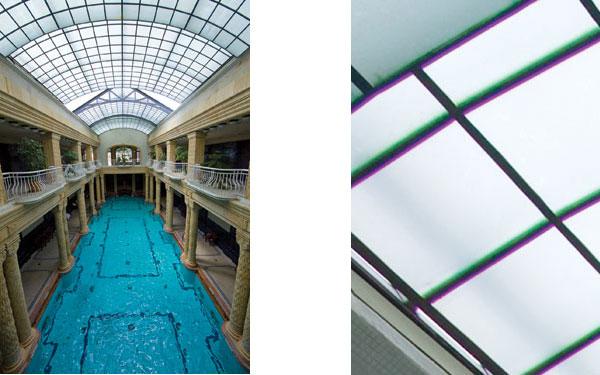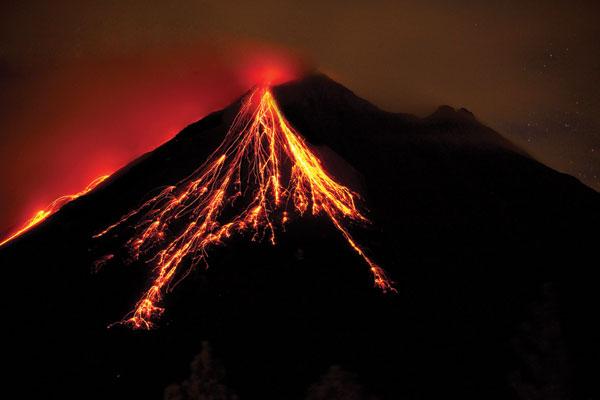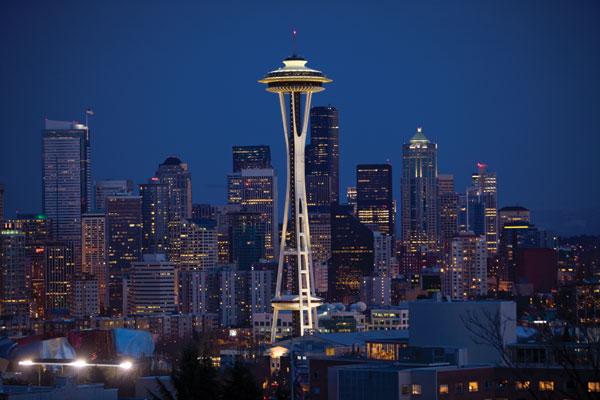Newsletter
Sort By: Post DateTitle Publish Date
|
Jul 18, 2012
|
May 15, 2012
|
Sep 14, 2011
|
Sep 14, 2011









